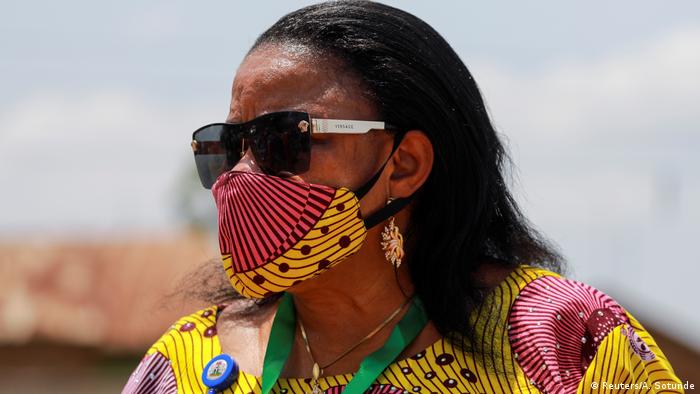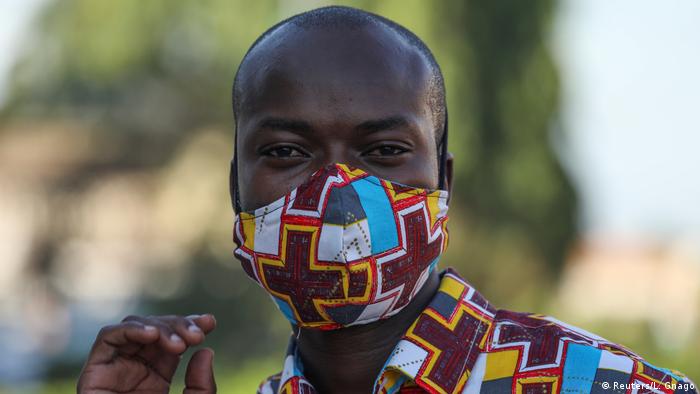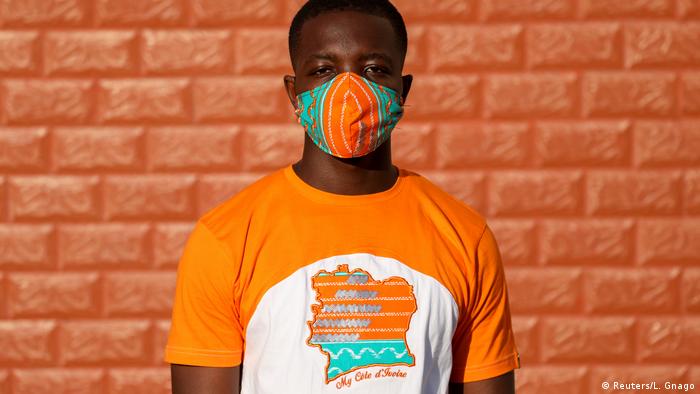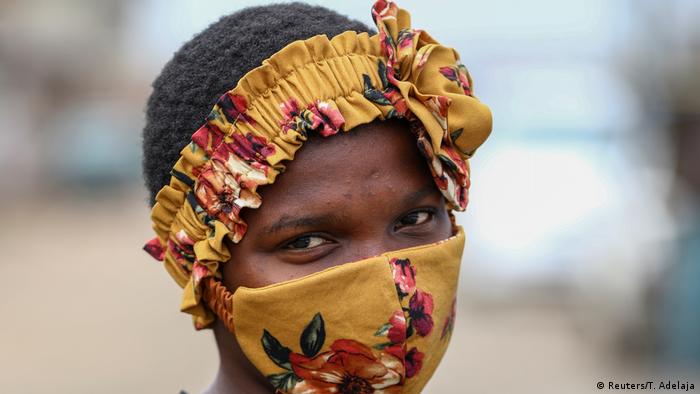Issued on: 29/05/2020

Pop icon Taylor Swift told US President Donald Trump:
"We will vote you out in November"
ANGELA WEISS AFP/File
New York (AFP)
Pop icon Taylor Swift hit out at Donald Trump on Friday after the US president suggested law enforcement might shoot protesters angry over the killing of a black man by Minneapolis police.
"After stoking the fires of white supremacy and racism your entire presidency, you have the nerve to feign moral superiority before threatening violence?" Swift wrote on Twitter, where she has 86 million followers.
She cited Trump's controversial tweet in which he said, "When the looting starts, the shooting starts," before threatening: "We will vote you out in November. @realdonaldtrump."
Trump sparked controversy with a late-night tweet on violent anti-police protests in Minneapolis, when he called protesters "THUGS" and warned of military intervention.
Twitter took the unprecedented step of hiding the tweet because it violated the platform's rules against "glorifying violence."
Hundreds of troops were deployed to the streets of Minneapolis and St. Paul on Friday after a third night of rioting over police brutality against African Americans.
The demonstrators are outraged over the videotaped death of George Floyd, 46, while handcuffed on the ground and in custody of Minneapolis police on Monday.
He died after an officer kneeled on his neck for more than five minutes.
In the past few years Swift has opened up about politics after initially struggling to control her own voice as an artist who found massive fame at a young age.
She endorsed Democratic candidates in Tennessee in 2018 and has criticized Trump previously.
© 2020 AFP
New York (AFP)
Pop icon Taylor Swift hit out at Donald Trump on Friday after the US president suggested law enforcement might shoot protesters angry over the killing of a black man by Minneapolis police.
"After stoking the fires of white supremacy and racism your entire presidency, you have the nerve to feign moral superiority before threatening violence?" Swift wrote on Twitter, where she has 86 million followers.
She cited Trump's controversial tweet in which he said, "When the looting starts, the shooting starts," before threatening: "We will vote you out in November. @realdonaldtrump."
Trump sparked controversy with a late-night tweet on violent anti-police protests in Minneapolis, when he called protesters "THUGS" and warned of military intervention.
Twitter took the unprecedented step of hiding the tweet because it violated the platform's rules against "glorifying violence."
Hundreds of troops were deployed to the streets of Minneapolis and St. Paul on Friday after a third night of rioting over police brutality against African Americans.
The demonstrators are outraged over the videotaped death of George Floyd, 46, while handcuffed on the ground and in custody of Minneapolis police on Monday.
He died after an officer kneeled on his neck for more than five minutes.
In the past few years Swift has opened up about politics after initially struggling to control her own voice as an artist who found massive fame at a young age.
She endorsed Democratic candidates in Tennessee in 2018 and has criticized Trump previously.
© 2020 AFP














